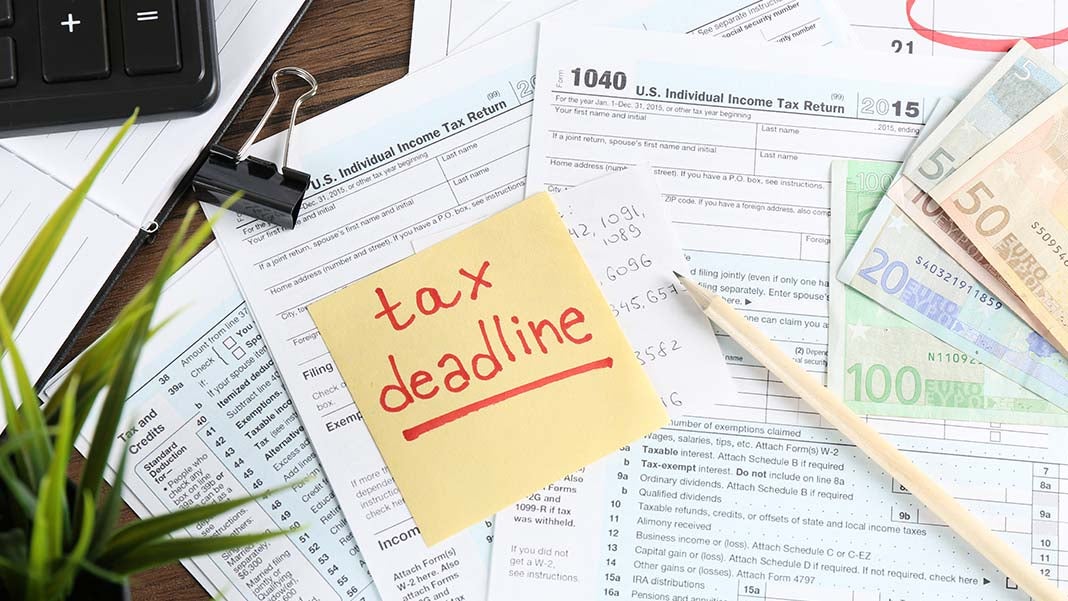
We all know that April 18, 2017 is Tax Day this year—the day by which personal income tax returns must be postmarked and mailed or electronically filed with the IRS. However, many taxpayers forget that this longstanding personal filing deadline also represents an estimated tax payment deadline.
What Are Estimated Taxes?
The concept of estimated taxes goes back to one of the words in this term—estimated. These taxes are levied on small business owners, 1099 independent contractors, and others who do not have taxes withheld from their various forms of income.
As such, these tax payments made to the IRS are more of an estimation of what someone would owe rather than a precise amount that would otherwise be specifically withheld from a W-2 paycheck based on its amount, such as from an employer that has an employee on its payroll.
The basic group of taxpayers who owe estimated taxes includes those who have income outside of wages or salaries. This includes Schedule C self-employment income, capital gains, interest, and dividends.
Examples of taxpayers who may owe estimated taxes are as follows:
- Uber or Lyft drivers who work as contractors
- Airbnb renters
- Mom-and-pop business owners who have an S corporation, C corporation, or LLC
- Sole proprietors or partnership owners who work as business consultants, marketing professionals, athletic coaches, etc.
Estimated Tax Deadlines
Estimated tax payments are due to the IRS by the following four deadlines throughout the year:
- January 15 (for taxes on eligible income from Q4 of previous year)
- April 15 (for taxes on eligible income from Q1 of current year)
- June 15 (for taxes on eligible income from Q2 of current year)
- September 15 (for taxes on eligible income from Q3 of current year)
If these dates fall on a weekend or holiday, the estimated tax payments would then be due on the next business day. So, for this upcoming deadline, estimated tax payments are due on April 18, 2017.
Penalties and Other Payment Options
If you owe estimated taxes by April 18, they should be in to the IRS on time. Otherwise, you may be required to pay a larger amount when the next filing deadline rolls around. You could also be on the hook for late payment penalties.
There are some options on making these quarterly payments all at once every year instead of making four separate payments, but be sure to check with your accountant to ensure you are covering all the bases and staying compliant with the IRS.












